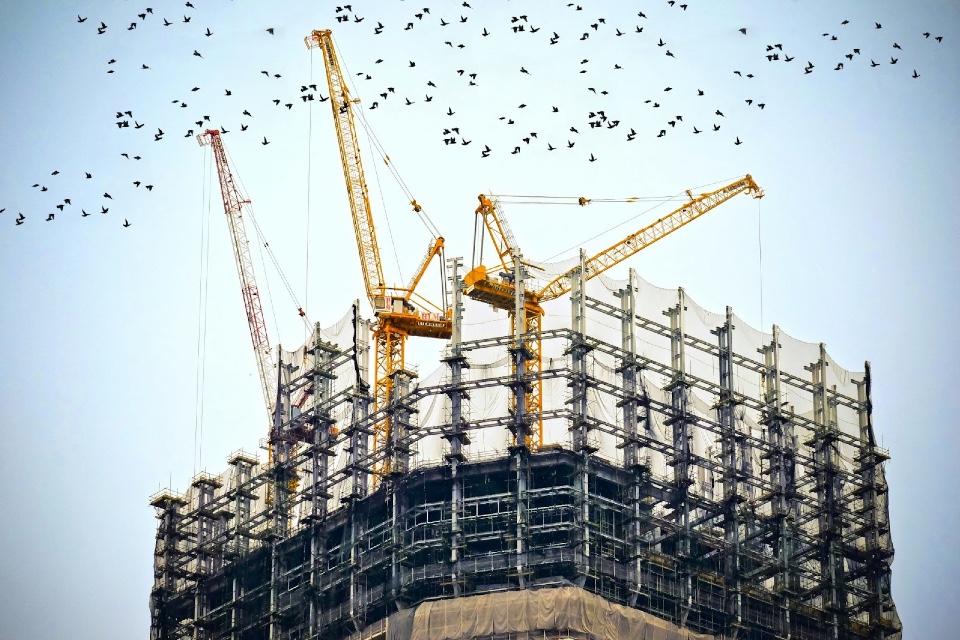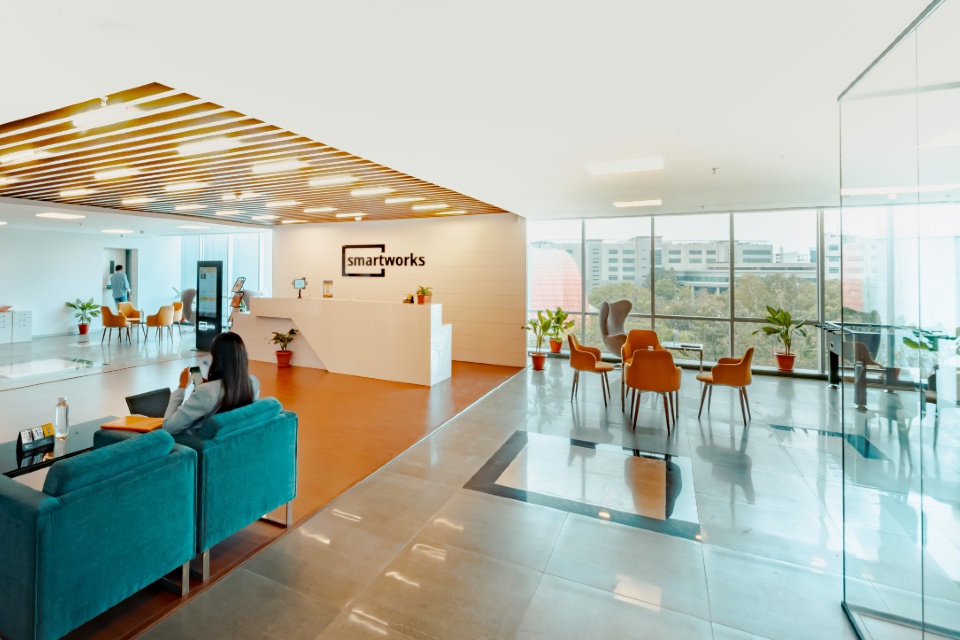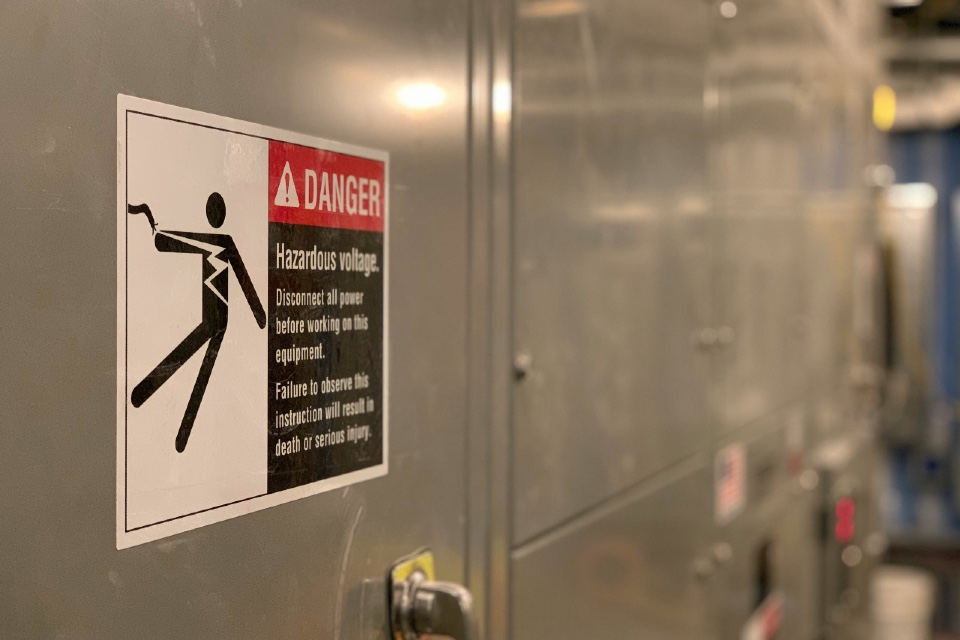Occupational Health and Safety (OH&S) has always been a cornerstone of facility management (FM) and estate management. However, the approaches and practices in this area have undergone considerable evolution, driven by technological advancements, regulatory changes, and a deeper understanding of workplace well-being. Let’s delve into these changes, examining how FM and estate management professionals have adapted to ensure safer and healthier work environments…
Historically, OH&S in FM and estate management was primarily reactive, focused on compliance with legal standards and responding to incidents. The emphasis was on physical safety, with measures centred around preventing accidents and injuries in the workplace. This included regular safety drills, installation of safety equipment, and adherence to building codes and regulations. While these practices were crucial, they often overlooked broader aspects of occupational health.
The digital revolution has transformed OH&S practices in several ways. Today, FM and estate management professionals leverage technology to monitor and improve workplace safety proactively. The use of IoT (Internet of Things) sensors, for instance, has enabled real-time monitoring of environmental conditions like air quality, temperature, and humidity, contributing to a healthier workplace environment. Advanced analytics and AI (Artificial Intelligence) are also being employed to predict and mitigate potential safety risks, moving the field from a reactive to a predictive stance.
Another significant shift is the holistic approach to OH&S, which now encompasses mental health alongside physical health. There is a growing recognition that employee well-being extends beyond physical safety to include psychological aspects. FM and estate professionals are increasingly focusing on creating environments that support mental health, such as spaces for relaxation and contemplation, and policies that promote work-life balance. This approach acknowledges that a safe and healthy workplace is one where both the physical and mental needs of employees are addressed.
Sustainability and environmental health have also become integral to OH&S strategies. There is an increasing emphasis on creating ‘green’ workspaces that not only minimise the ecological footprint but also promote a healthier working environment. This includes using eco-friendly materials, ensuring good indoor air quality, and providing natural lighting and green spaces. These practices demonstrate a shift towards a more environmentally conscious approach to OH&S, aligning workplace safety with sustainability goals.
Lastly, the COVID-19 pandemic has brought about a paradigm shift in OH&S. FM and estate management professionals have had to rapidly adapt to new challenges, such as implementing social distancing measures, enhancing cleaning protocols, and managing building operations to minimise the risk of virus transmission. This has accelerated the adoption of remote monitoring and management technologies, as well as prompted a re-evaluation of workspace design to prioritise health and safety in a post-pandemic world.
The evolution in OH&S among FM and estate management professionals reflects a more proactive, holistic, and technologically advanced approach to workplace safety and health. By embracing digital innovations, prioritising mental and environmental health, and adapting to emerging challenges like the pandemic, these professionals are ensuring that workplaces are not only safer but also more supportive and sustainable for all.
Are you searching for Health & Safety solutions for your organisation? The FM Forum can help!







